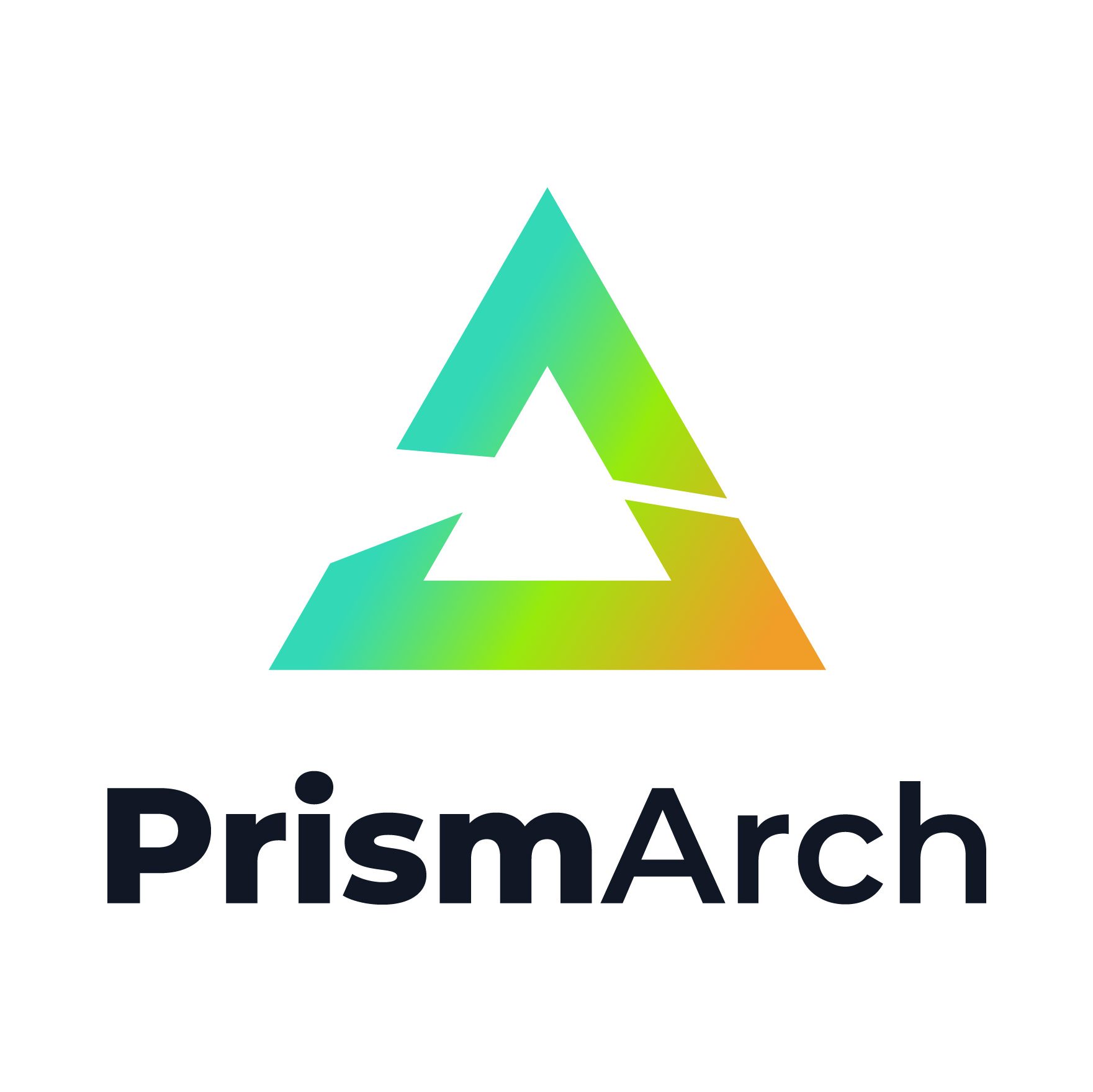The authoring process of an architectural project can be viewed as an iterative process where the designers alternate between decision making (e.g., selecting/placing the different materials and components) and previewing the result of their previous decisions so as to make new ones. Insufficient perception on the impact of their design choices may lead to badly-informed decisions and, in turn, to suboptimal design choices. On top of that, the design process in architectural projects is characterized by high complexity which also stems from the problem of “parallel worlds” (a term used to describe the fact that several disciplines -architects and a variety of engineers- coexist in an architectural project with distinct requirements and role). However, it is only the “intersection”, by means of close collaboration, of these “parallel worlds” that can bring an architectural project to fruition. This “parallel world” aspect creates the necessity for an interdisciplinary tool capable to address the unique requirements of each discipline both individually and simultaneously, where all authors will be able to work on the same architectural project and perceive it in their own, different way that best suits their needs. This fact, dictates a necessity for “prismatic decomposition” of the architectural project into components that meet the needs of individual disciplines. Similarly, there is also a need for “prismatic composition”, where individual designs, created separately, can be merged to form a unified architectural project.
In our days, the immersiveness offered through VR applications can promote the architectural design process. Enabling designers (e.g. architects and engineers) to immersively perceive and interact with the current status of their constructions and realize the consequences of their decisions, facilitates the design procedure. However, the functionality offered by the current VR-aided design environments is limited to presenting and enabling interaction with aesthetic elements lying solely within the visual spectrum. The, “invisible” driving force that guides aesthetic design stems from functional requirements. It is only the advanced simulations (referring to data generation and their visual representation, e.g., visualization of heat diffusion or air flow in a building) that allow architects and engineers to realize and interact with the elements of their creations that lie beyond the limits of visual spectrum. Therefore, the lack of embedded simulations within current VR applications constitutes them impractical and unappealing to various domains of the AEC industry, such as the structural and MEP engineers and sometimes even architects.
|
The vision of PrismArch is to “intersect the parallel words” of the AEC industry into a common platform that will promote decision making and ultimately reshape the design process in architectural projects. |
PrismArch aims to create a VR-aided design environment that will be able to host both architects and engineers towards a common goal, the effective realization of an architectural project. By supporting the major disciplines that are typically engaged in an architectural project – namely architects, structural and MEP engineers – PrismArch will enhance the overall decision making process through an action and reaction paradigm. The dynamic collaboration that the PrismArch aims to offer, will allow them to iteratively co-decide, preview and evaluate the result of their decisions towards a joint optimal solution. Through advanced simulations embedded within the collaborative VR-aided design environment, superimposed with physical and functional characteristics, the designers will be able to experience in-real time not only how their decisions affect their own discipline but also the other disciplines and consequently the overall architectural project. The introduced AI-assisted design capabilities of PrismArch aim to take designers even closer to their common goal by suggesting scientifically sound design options with respect to quantitative evaluation criteria. Finally, the photorealistic representations of PrismArch will allow the designers to gain insights and obtain a visceral feeling of their creation way long before their actual construction through intuitive interfaces tailored to their individual needs and expertise.

